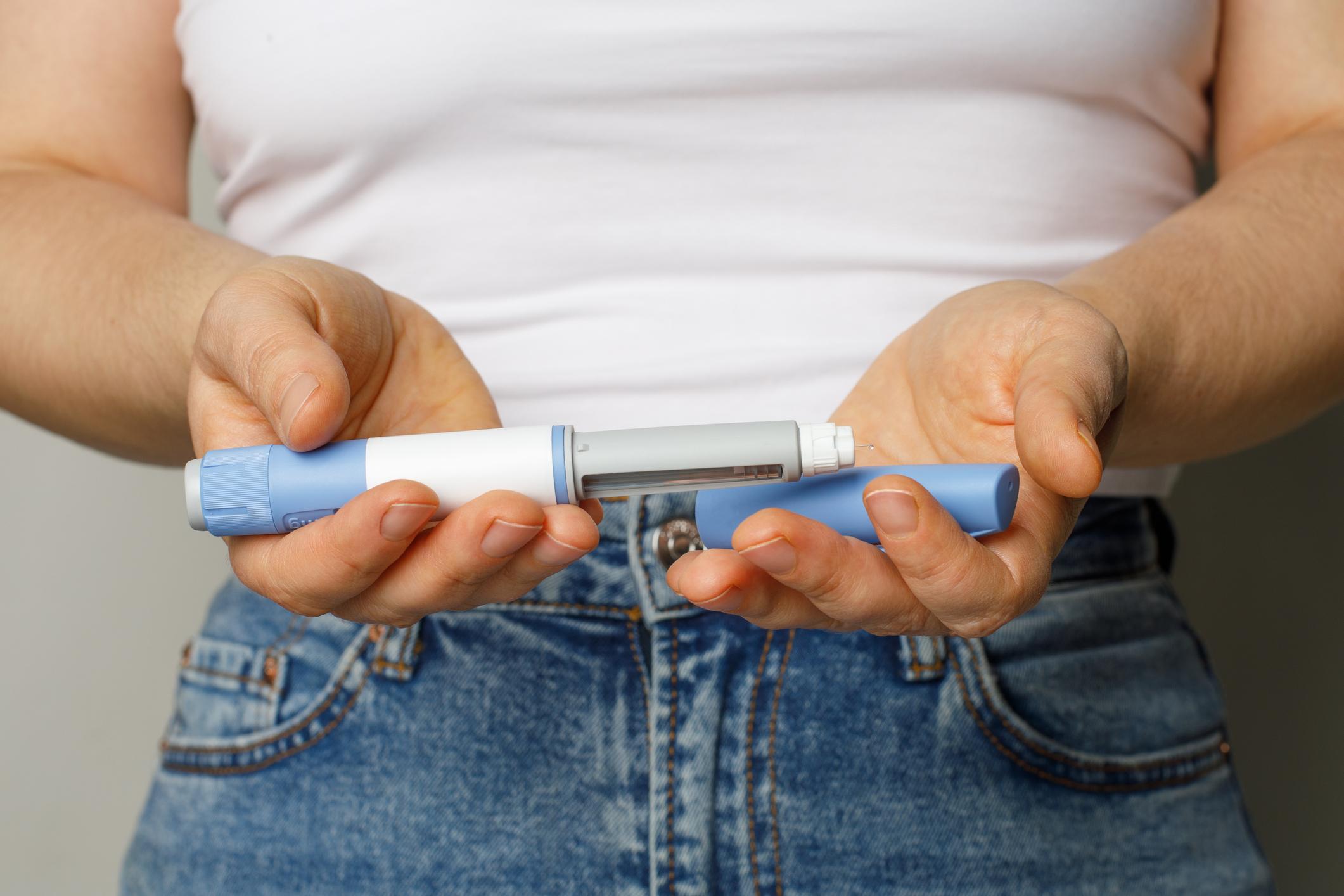
Strength training contributes to a better self-image
Research shows that strength training helps with depression. Are Weights the New Antidepressants? What does psychiatrist Bram Bakker think about sport and exercise as a treatment method for patients with depression? Health net asked him.
1. How can exercise contribute to the improvement of mental illness?
“Physical exertion always means relaxation for the brain. When you exercise, you relieve your head.”
2. How can strength training help in the treatment of depression?
“It contributes to a better self-image. A core symptom of depression is a negative self-image. Training your body means that you start to think less negatively about yourself, because even if you are depressed, strength training leads to improvement. So there is an important , psychological component, but substances are also produced during strength training that benefit the mood: neurotransmitters, which are substances that take care of communication in the brain, such as serotonin and dopamine.”
3. Are antidepressants no longer necessary?
“There has not been good research into this. What we are looking at is a situation in which it should mainly be tailor-made treatment. So someone has to make a professional assessment of whether the use of antidepressants can continue, or whether it should be combined with sport and exercise. .”
4. Does strength training work for both mild and severe depression?
“With very severe depression, it may be that you no longer get around to exercising, so you can’t do it, even though you want to. But in principle, strength training works for all forms of depression. Despite the fact that people feel bad, it is so it is important that they do exercise.
That is why we started the Running Therapy course, because it is a professional skill to help people do it anyway. Because we know, if you do it, it works. It’s about moving, using your body to feel better. That may also be cycling or strength training, that doesn’t matter to us.”
5. How do you make the most of the benefits of strength training?
“Experts say it’s about frequency, so many repetitions. It’s much more about lifting a certain weight twenty or thirty times than about lifting as much weight as possible. So it’s not about the peak load, but the repeat load, so that you build it expensively.
In all sports where you work up a sweat, you should do that for at least half an hour three times a week to feel better. That is what scientists say, such as Erik Scherder, and authorities such as the Health Council.”
6. What do you think is the best sport for depressive symptoms?
“I don’t think there is a best sport for that; all sports are good. I am an avid runner myself and the big advantage of that is that you can start at your front door and it doesn’t take that much time. But if I If I have more time, I might as well go cycling, and it’s also about doing it structurally, so that you really put it in your agenda and that if you’re busy, you keep doing it. it also has a lot to do with dedication.
It should also suit you. There are men you can’t take to a meditation or mindfulness course, but they do like to fish. Only the same thing happens in their heads: their thoughts calm down a bit.”
7. Is sport and exercise an integral part of the treatment method?
“No, but there is a strong lobby that is aimed at confronting people and addressing their own share of complaints. That is now called a lifestyle coach. There is even an entire medical specialty: lifestyle medicine. You can imagine that, for example, with a burnout – from which the working population suffers most – therapy and pills can help, but if you don’t learn to load your body in a dosed way, you will probably never get out of your burnout. it doesn’t get any better.”
Bram Bakker is a psychiatrist, writer and columnist. He has written the books ‘Ultra’, ‘Sports for beginners’ and ‘The doctor as a patient’. In addition, he organizes the course Running Therapy and is a publisher at Uitgeverij Lucht and Uitgeverij Water.
Sources):















